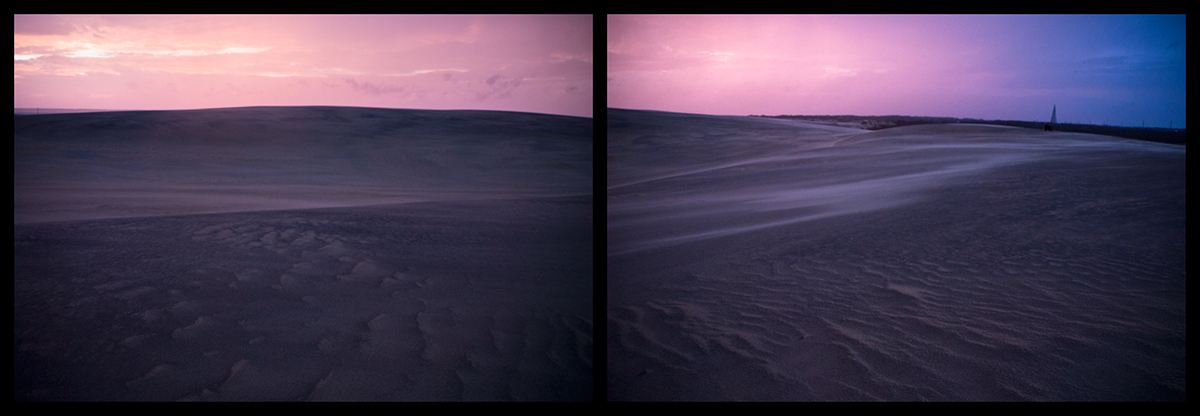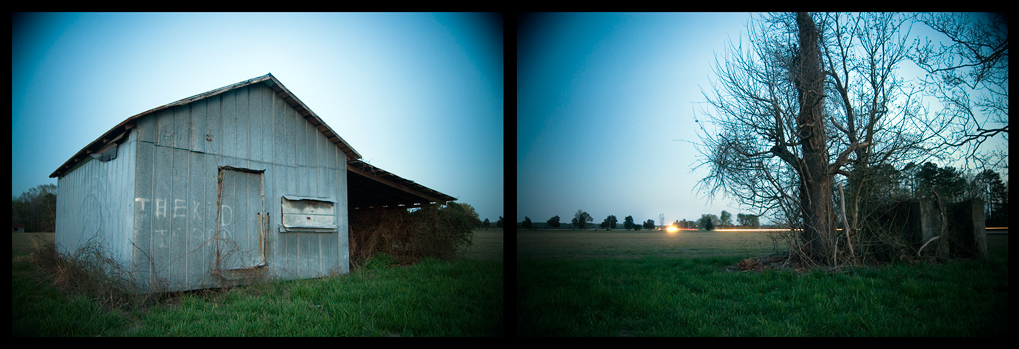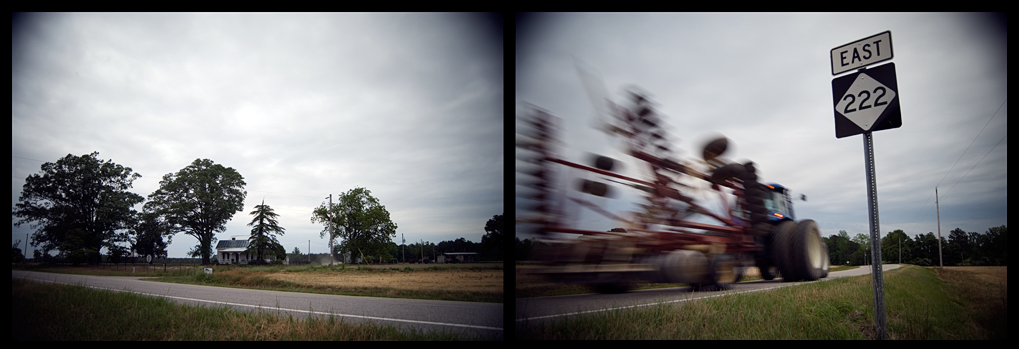NATIVE (PART 2)
“I’ve given this land back to God, though it was never really mine. I’ll pay the taxes and be its steward, while I’m alive and feeling fine. I hope the next taxpayer will be its steward, and let God keep his land when I’m dead. So come sit and see God in all his glory, and reflect on what I’ve said.”
–Just another Steward…in the year of our Lord 2004, June.
Growing up, my mother used to tell my brother and I of the long car trips from Greensboro to Stumpy Point in the 1960’s and 1970’s that her and my Pawpaw would make to visit his mother. She spoke of the remoteness of the small sleepy town hugging a bay a stone’s throw from the Outer Banks where Pawpaw spent his youth during the Great Depression, and recounted stories of colorful relatives whom I’d never had the pleasure of meeting.
Pawpaw was always a sincere and humble man; he never wasted anything, knew how to go without, and always put the needs of others before his own. He called my brother Justin “Just-tiny” and would draw us silly pictures of birds pooping on the heads of farmers. He was a devout Christian who never missed a Sunday service, and believed in integrity. To my brother and I, he represented something greater than this world could offer. He kept a garden in his backyard in Greensboro, and when we would visit when we were little, we’d go with him and pick corn, tomatoes, cucumbers, green beans, squash, and blackberries. You name it; he probably grew it at one time or another. Around suppertime, you were guaranteed that some of those very veggies we had picked earlier would end up in some lovely concoction he would cook up for us. “Are you still hungry? Would you like anything else?,” he would inquire with the slight tint of a strange accent in his voice I could never place, until now. A “high-tider” accent, my family would call it. In the spirit of giving and never taking that he embodied, he always made sure we were full.
In the spring of 2005, I began my first semester of college at East Carolina University, the very same college Pawpaw attended, though it was still called East Carolina Teachers College (ECTC) when he was there on the G.I. Bill. As a photography major, I quickly fell in love with the region the first time I drove down highway 264 East. I pass a car on a country road, and the driver waves, regardless if they know me or not. The blooming essence of the spring landscape and the hot and humid summer days are virile and rejuvenating. The soundtrack of droning crescendos created by cicadas, the ambient glow of light radiating from distant small towns during summer nights, and abandoned homesteads in a state of reclamation dotting the countryside gives the region a mystique that can’t be duplicated. All of this, along with the melancholy nature of the landscape during the fall and winter, and the overall peaceful expansiveness of the region puts me at ease.
In the process of documenting this area, I discovered a region where time stood still; it invoked the memories of my mother’s trips to the coast some 40 years ago. I discovered a region rich in history, heritage, sincerity, and integrity that I felt long disjointed from. I met some of the relatives my mother mentioned to me in my youth, and mended broken family bonds in the process. I met people who I couldn’t fathom not ever knowing. In short, I discovered my home.
Eastern North Carolina is home to a wide array of people who shape the very landscape they live in, in both the physical and non-physical sense. From farmers to fishermen, my grandfather was one of these people. I hope you feel at home when viewing these images, and I hope these images help portray the passing of time and the expansiveness of the area, and how its fellow stewards shape it.
This series has been updated in a work in progress book format that can be downloaded and viewed here:
https://www.dropbox.com/s/7zmtj5wizuozorg/native.pdf
–Just another Steward…in the year of our Lord 2004, June.
Growing up, my mother used to tell my brother and I of the long car trips from Greensboro to Stumpy Point in the 1960’s and 1970’s that her and my Pawpaw would make to visit his mother. She spoke of the remoteness of the small sleepy town hugging a bay a stone’s throw from the Outer Banks where Pawpaw spent his youth during the Great Depression, and recounted stories of colorful relatives whom I’d never had the pleasure of meeting.
Pawpaw was always a sincere and humble man; he never wasted anything, knew how to go without, and always put the needs of others before his own. He called my brother Justin “Just-tiny” and would draw us silly pictures of birds pooping on the heads of farmers. He was a devout Christian who never missed a Sunday service, and believed in integrity. To my brother and I, he represented something greater than this world could offer. He kept a garden in his backyard in Greensboro, and when we would visit when we were little, we’d go with him and pick corn, tomatoes, cucumbers, green beans, squash, and blackberries. You name it; he probably grew it at one time or another. Around suppertime, you were guaranteed that some of those very veggies we had picked earlier would end up in some lovely concoction he would cook up for us. “Are you still hungry? Would you like anything else?,” he would inquire with the slight tint of a strange accent in his voice I could never place, until now. A “high-tider” accent, my family would call it. In the spirit of giving and never taking that he embodied, he always made sure we were full.
In the spring of 2005, I began my first semester of college at East Carolina University, the very same college Pawpaw attended, though it was still called East Carolina Teachers College (ECTC) when he was there on the G.I. Bill. As a photography major, I quickly fell in love with the region the first time I drove down highway 264 East. I pass a car on a country road, and the driver waves, regardless if they know me or not. The blooming essence of the spring landscape and the hot and humid summer days are virile and rejuvenating. The soundtrack of droning crescendos created by cicadas, the ambient glow of light radiating from distant small towns during summer nights, and abandoned homesteads in a state of reclamation dotting the countryside gives the region a mystique that can’t be duplicated. All of this, along with the melancholy nature of the landscape during the fall and winter, and the overall peaceful expansiveness of the region puts me at ease.
In the process of documenting this area, I discovered a region where time stood still; it invoked the memories of my mother’s trips to the coast some 40 years ago. I discovered a region rich in history, heritage, sincerity, and integrity that I felt long disjointed from. I met some of the relatives my mother mentioned to me in my youth, and mended broken family bonds in the process. I met people who I couldn’t fathom not ever knowing. In short, I discovered my home.
Eastern North Carolina is home to a wide array of people who shape the very landscape they live in, in both the physical and non-physical sense. From farmers to fishermen, my grandfather was one of these people. I hope you feel at home when viewing these images, and I hope these images help portray the passing of time and the expansiveness of the area, and how its fellow stewards shape it.
This series has been updated in a work in progress book format that can be downloaded and viewed here:
https://www.dropbox.com/s/7zmtj5wizuozorg/native.pdf







































